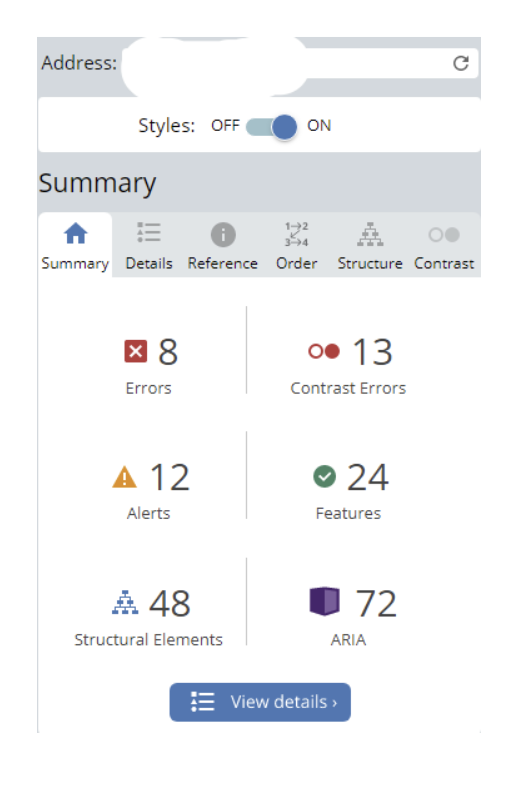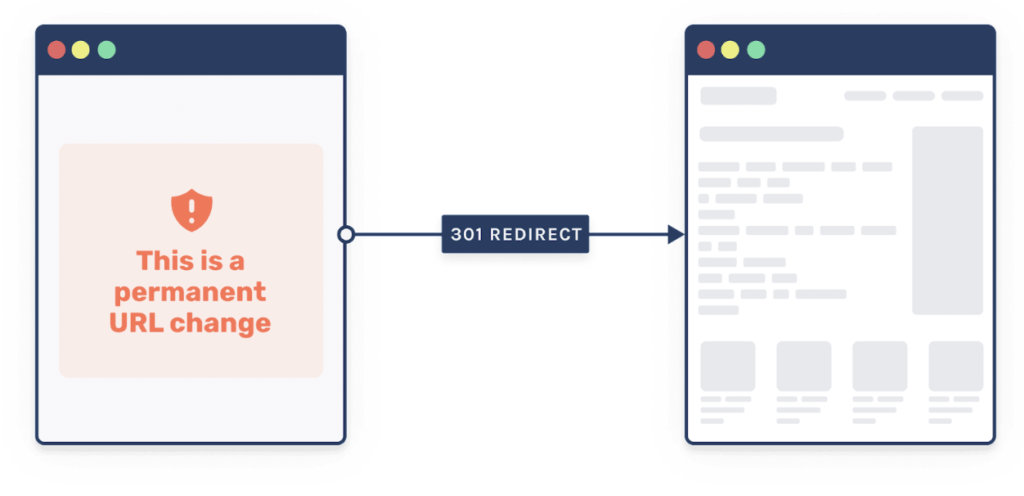Migrating websites is one of the most challenging projects for any brand. During a migration, websites undergo significant changes that could have a negative impact on the brand’s visibility, its online reputation and, ultimately revenue, especially if the migration is not performed well.
This can be particularly risky for businesses operating in the crowded international landscape, which makes migrations even more time-consuming and resource-intensive. It’s important to note that a website migration can also adversely affect those businesses receiving e-commerce orders or demo requests from international locations, despite not having international versions of their site.
In this article, I will outline some of the challenges I’ve seen in website migration projects and what has worked. I find that considering only what’s in our own hands or where we can have an effect works best.
Do I need a website migration?
We first need to be certain that we do indeed need a website migration to avoid any possible issues. There are two main reasons why website migrations are challenging and risky, not considering the international aspect:
- Rankings may be lost and there is no guarantee that they will be the same as before.
- It is a resource-intensive and time-consuming type of project that involves different business areas.

Jon Mueller describes it well in one of his previous tweets.
“I guess we’ve all seen our share of migration adventure and horror stories…it’s good to be diligent, plan carefully, execute exactly, and monitor carefully there.”
There are some situations where website migrations should be considered; however, keep in mind that each of them require specific elements to analyze, which can make this type of project even more complex and challenging:
- Using a clunky and outdated CMS,
- A change in protocol or hosting provider,
- Redesign and website relaunches,
- Merging websites, i.e. due to a company takeover,
- Switching domain names,
- Improving website architecture and/or structure URLs.
For example, updating a CMS may require a re-platforming – that is to say migrating to a new platform – which also involves prospecting and learning to use it well internally.
Nonetheless, all of them involve, among other considerations, planning carefully months in advance, having the right resources, executing exactly as John Mueller says, and monitoring for some months after the migration happens, as issues can arise or you may need to roll back.
Therefore, it is best to wait if a website does not immediately need to be migrated and/or a business can’t deploy the appropriate resources to undertake this type of project at that time.
Challenges
Migrations will be more complex when it comes to international businesses due to the specific requirements we need to take into account. There are some excellent guides that you can consult if you want a detailed outline of the steps to follow in order to deliver this type of project with the associated timing, which includes auditing and planning months in advance. So, in this article, I’ll be focusing on some of the challenges that might crop up in an international market once it has been decided to proceed with a site migration.
Impact on organic visibility
Any website migration carries a potential loss of rankings, both on desktop and mobile devices, which will certainly benefit competitors. Recovery times can vary according to different variables on each market including brand strength, competitors’ activity, etc.
I have seen websites take at least four months to recover slightly in secondary target markets. This is especially the case if the company is changing their website or URL structure as the process may make it more difficult for search engines to understand a new website and any associated entities.
Other variables come into play, such as brand strength on each market or any algorithm updates or issues that change customer behavior which can affect that specific business, to name a couple.
How to handle this
Careful planning right at the start of the project is key. Among other elements, such as URL mapping, plan the tactics you think you might need to deploy or, at least have an idea of what you could do to overcome any difficulties in that specific market.
I have found that benchmarking can help understand the extent of the situation at least a month after the migration was delivered. Gather and compare the keywords rankings, content formats, etc. in all target markets, as well as revenue or the demand generated.
A phased migration might be useful when migrating a huge website or many international TLDs, to give the business some more time to plan ahead.
Lastly, communicating any possible disruption to service or announcing new functionalities can sometimes help with expectations management. It may even be useful to involve users in finding possible errors by offering some incentives.
[Case Study] Keep your redesign from penalizing your SEO
International strategy
It’s all down to having clear objectives before starting to plan this project. Traffic can drop quickly and take a long time to recover after a migration in those markets to which businesses don’t pay enough attention. I have worked on websites where only the English version of that website had been cared for, and yet, the business wondered why there were less orders from certain markets.
How to handle this
This might be the time to review the business international strategy. In other words, if an international website isn´t looked after, maybe it is because the business prefers to focus on other markets. If that´s the case, that version of the website needs to be handled differently.
User experience localization and accessibility
SEO and user experience go hand in hand. After a migration, there can be changes to the design and functionality that can negatively impact user experience, accessibility and conversions, especially in a re-platforming project.
I have worked on websites where the new theme was pretty, but not as user-friendly or intuitive as it needed to be. In the content copy, there was also a mismatch of types of English language due to the fact that the content had been deployed quickly. It only represented a slight improvement from the previous, clunky website and theme.
In an international setting, anticipating the needs of international users becomes important if we need to keep and increase a brand’s online visibility in target markets. It is key not to waste users’ time with poorly organized, counterintuitive sites.
You must also ensure the site’s accessibility: checking your website with accessibility tools, such as Wave, can give you an idea of what issues require attention.
Below is an example of the type of reports this platform provides:

How to handle this
This is where collaborative work between different specializations comes into play. Taking resources into account, carefully plan what URLs can and should be migrated, deleted or created, as well as any functionalities or changes in the navigation and content that need to be implemented. If you don’t have enough resources in your team, make sure you involve the right departments from the start.
One key aspect to consider is the target language so as to avoid any misunderstandings as a result of a poor localization. Ensure that the local language is used across the whole website as well as all the on-page aspects of SEO like the meta data.
Data and security
It’s all about personal data loss and cyber attacks, which can happen in specific areas. Websites are at a vulnerable moment when they’re being migrated, which can make them particularly prone to security breaches. We don’t want to be in the same situation as British Airways, LinkedIn or Marriott International when their customers’ personal data was exposed in recent years. However, are websites all secure once they’re migrated? Probably yes, if systems teams are involved from the start of the project and keep working on the site.
Now, e-commerce or demand generation businesses are examples of businesses handling sensitive data, which can be an issue as personal data is subject to different regulations and laws in every market. Laws like the EU GDPR and national laws, such as the French General Protection Act, the German BDSG or the Spanish LOPD need to be taken into account at all times, especially if there is personal data involved.
The main objective of such laws is to give individuals greater control and ownership of their personal data while also streamlining the regulatory landscape for global enterprises. Every e-commerce business operating or selling goods and services in the above mentioned countries have to be compliant with these laws, regardless of their location.
We need to ensure that the email/CRM provider can still integrate with the current or new CMS, so that data does reach the destination database once the site is up and running again to avoid any data loss.
How to handle this
One good reason to do an initial website audit during the planning stage is that we may be able to identify any issues to fix before the migration, as migrating or re-platforming won’t fix many of the issues any website can have at present. Involve developers and security teams from the start.
Legal teams should also be able to provide support during the planning stage of the project, which will help to avoid any liabilities, such as loss of personal data.
Key takeaways
Overall, while migrating a site can seem daunting, the right planning and preparation can considerably facilitate the process. Here are some key aspects to take away, consider and implement:
- Plan ahead
- Benchmark your website activity
- Decide if you do need an international website
- Consider target language and any cultural sensitivities you might have overlooked before
- Make sure that design and functionalities don’t have an adverse impact
- Involve all necessary parties and work collaboratively
- Make sure that you comply with market privacy and data laws


